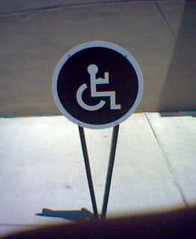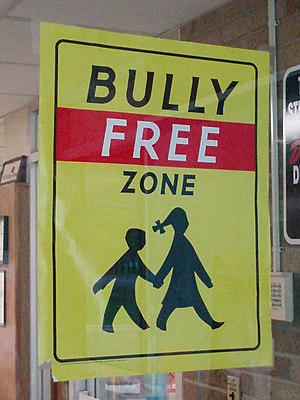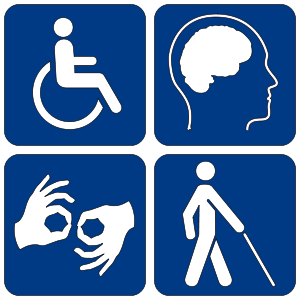One of our goals in creating this blog was to provide both discussion of special education law topics from an impartial perspective and to provide resources where interested persons can find more information.
The impartial perspective is very important. I have never represented or advised parents or school personnel on a special ed matter. I am a hearing officer and mediator for a number of states. I also advise states and train their personnel. That is why when parents or school personnel contact me, I cannot help them. They generally understand. The disclaimer on the blog explains this point in more detail.
The breaking news involves is this: the Special Education Law Group that we started through this blog over on
LinkedIn now has over 9,000 members. (That is not a typo!) That is an increase of more than 1,500 since May. You should go to the
group's site and take a look. There are always good discussions- sometimes even heated disagreements. If you lose this post, there is always a link to our LinkedIn group on the lefthand side of the blog. It is a part of our effort to use social media to spread good impartial information about special education law.
For those with long memories, we also used to have a Facebook group. At some point the Facebook overlords went all corporate in our face and "archived" our group because we were not constantly issuing nonsensical posts about what we ate for breakfast, etc. The group still exists, but it is cumbersome. We also started a Ning group, but they have since disappeared from the internet.
We also offer a lot of resources for parents, teachers (both regular ed and special ed), principals, school psychologists, hearing officers, mediators, complaint investigators, monitors, special ed directors, academics, advocates, SEA personnel, LEA personnel, paraprofessionals, lawyers (both parent and school district) as well as other special ed law junkies of all types.
On the left-hand side of the blog, you can sign up for a free subscription to our blog. You can choose between receiving posts by email or in a reader by RSS feed. You can also get a widget to insert this blog directly into your own website or blog. Subscriptions are important because numbers have meaning in the blogosphere. Please sign up for a subscription. Thanks.
Also on the left hand side are a series of embedded YouTube videos of interviews of me on dispute resolution topics by Marshall Peter, Director of CADRE. (Many other videos and resources pertaining to special ed dispute resolution are available on the
CADRE website - there is a link under resources.)
Many readers follow our headlines on twitter. Check out our twitter activity
here. Other readers follow our headlines on our Tumblr mini-blog
here.
There are many links to websites and other important blogs on the lefthand side of the blog. Also the search bar is just for this blog. So if you are interested in one topic, say bullying, just type it into the search bar and you can find all of our posts on that topic.
There are many more valuable resources on the blog. Please explore it and take advantage of these other sites. Also, we are always looking to improve. If you know of other impartial resources, please suggest them.
In the meantime, we appreciate your support.











































